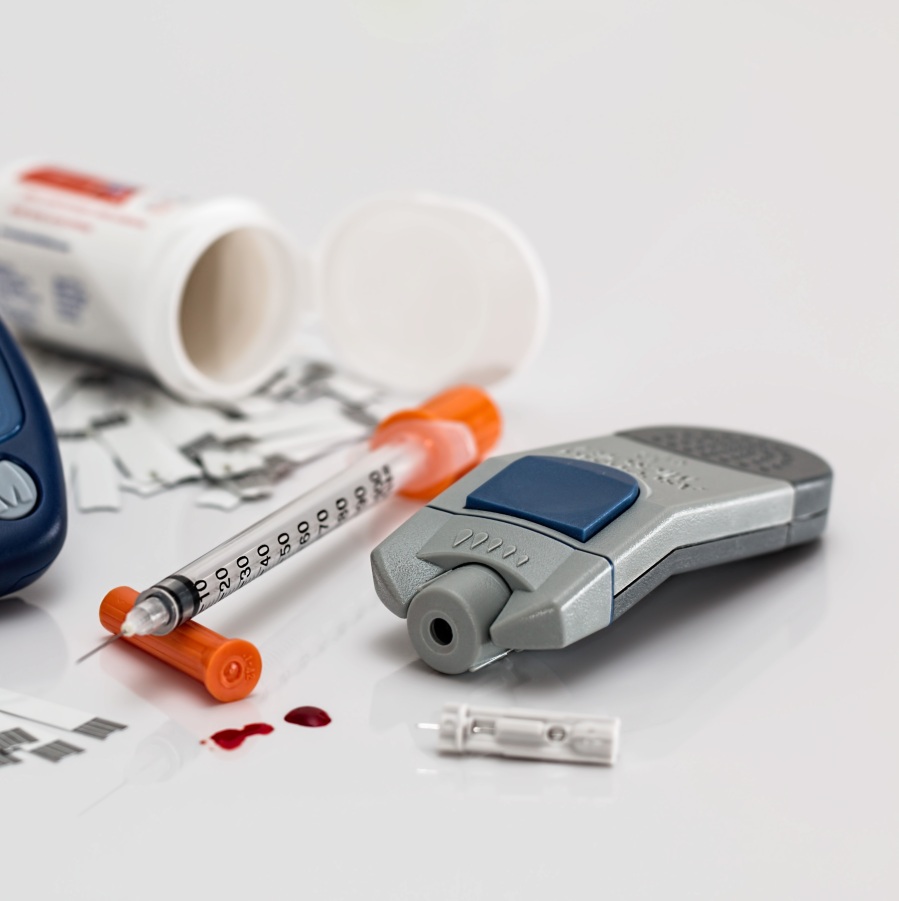Introduction to the Hormone Saliva Test Kit
There are several ways to measure female hormones, however the preferred way is through saliva. Saliva hormone test kits assist by measuring initial hormone levels, as well as checking whether a hormone-balancing treatment is working.
Distinct types of saliva hormone test kits help in determining different types of female hormones. Here is a list of the most commonly used saliva hormone test kits for measuring female hormones.

1. HPA Stress Profiles (201A)
Saliva samples are collected throughout the course of a single day. This test kit helps in assessing adrenal function, and includes the following markers:
- Cortisol (measured at four points throughout the day)
- DHEA-S
2. HPA Stress Profile +5 (205A)
Saliva samples are collected throughout the course of a single day. This test kit helps in assessing adrenal function and sex hormones. It assesses the following markers:
- Cortisol (measured at four points throughout the day)
- DHEA-S
- Melatonin
- Estradiol
- Estriol
- Progesterone
- Testosterone
3. HPA Stress Profile +6 (205AE)
The BioHealth 205AE panel is used to evaluate adrenal function and provides insight into all of the hormones included in the BioHealth 205A panel, in addition to estrone. It assesses the following markers:
- Cortisol (at 4 points throughout the day)
- DHEA-S (DS)
- Melatonin
- Estradiol
- Estriol
- Progesterone
- Estrone
4. HPA Stress Profiles with Cortisol Awakening Response (CAR)
BioHealth’ s panels (201-CAR, 205-CAR, and 205E-CAR) provide the benefits of the previously mentioned panels, in addition to measuring the cortisol awakening response (CAR). These panels provide a more accurate and dynamic assessment of the patient’s stress response. A perceived stress score is included to aid in addressing mental/emotional health factors. These panels include the following markers:
- Cortisol (at 6 points throughout the day)
- DHEA-S (DS)
- Melatonin (available in the 205-CAR and 205E-CAR panels)
- Estradiol (available in the 205-CAR and 205E-CAR panels)
- Estriol (available in the 205-CAR and 205E-CAR panels)
- Progesterone (available in the 205-CAR and 205E-CAR panels)
- Testosterone (available in the 205-CAR and 205E-CAR panels)
- Estrone (available in the 205E-CAR panel)
5. Female and Male Hormone Profiles (209/209D/209E)
BioHealth offers the Female and Male Hormone Profiles to establish baseline levels of hormones in post-menopausal woman, hormone levels on a particular day of the menstrual cycle in pre-menopausal women, and hormone levels for men. These panels can be used to monitor the efficacy of hormone therapies, and include the following markers:
- DHEA-S
- Estradiol
- Estriol
- Testosterone
- Progesterone
- Estriol (available in the 209E panel)
6. Month-long Premenopause Hormone Profile (208)
BioHealth offers a month-long hormone profile, which helps to map the cycle. Saliva samples are collected throughout the month, beginning on day two of the menstrual cycle, and finishing on day one of the next cycle. This panel can map cycles up to thirty-four days in length but can still provide valuable insight for longer cycles. This panel includes the following markers:
- Estradiol (17 collections throughout the month)
- Progesterone (17 collections throughout the month)
- Testosterone (2 collections during the month)
7. Single Hormones
In addition to the previous panels, BioHealth offers a variety single/double hormone tests. The markers are specific to each panel and include:
- Cortisol (available as the 251 panel)
- Estradiol (available as the 252 panel)
- Estriol (available as the 253 panel)
- Melatonin (available as the 254 panel)
- Progesterone (available as the 255 panel)
- Testosterone (available as the 256 panel)
- Estrone (available as the 258 panel)
- Estradiol and Testosterone (available as the 260 panel)






